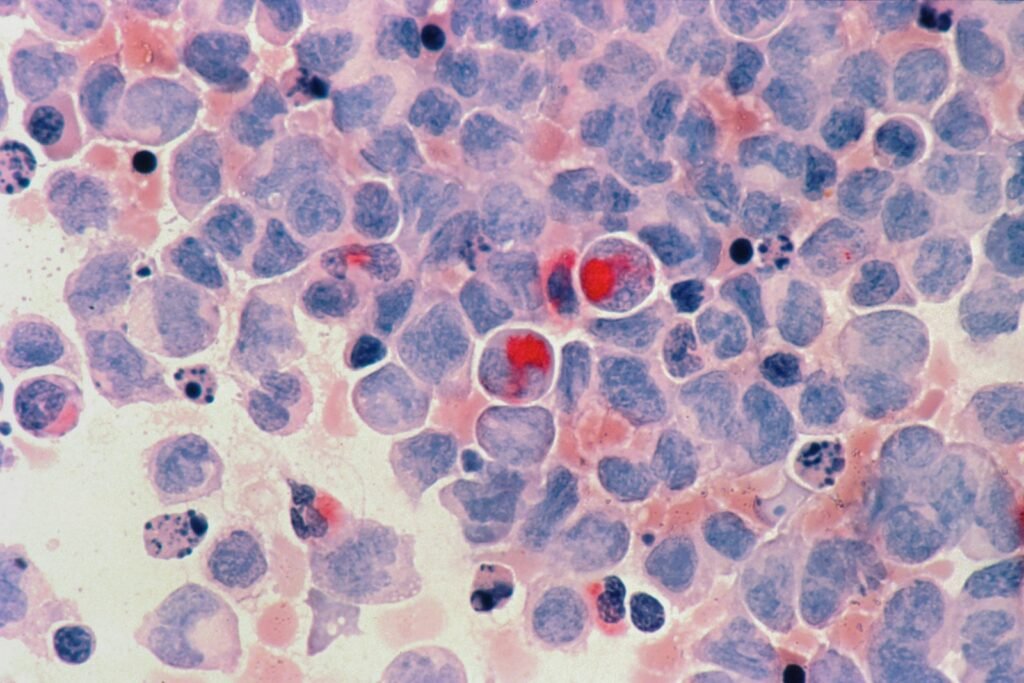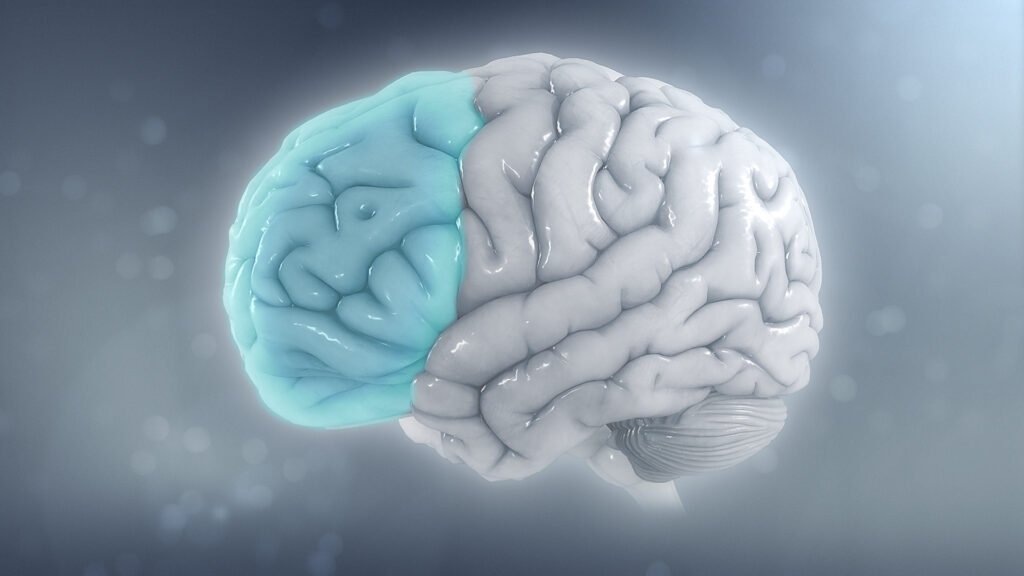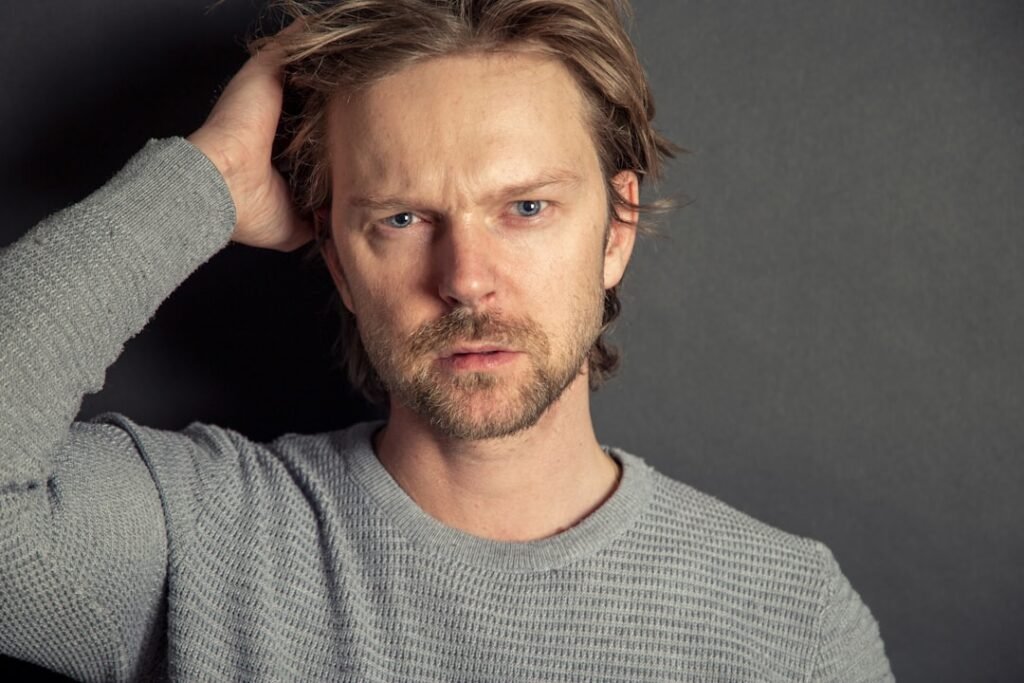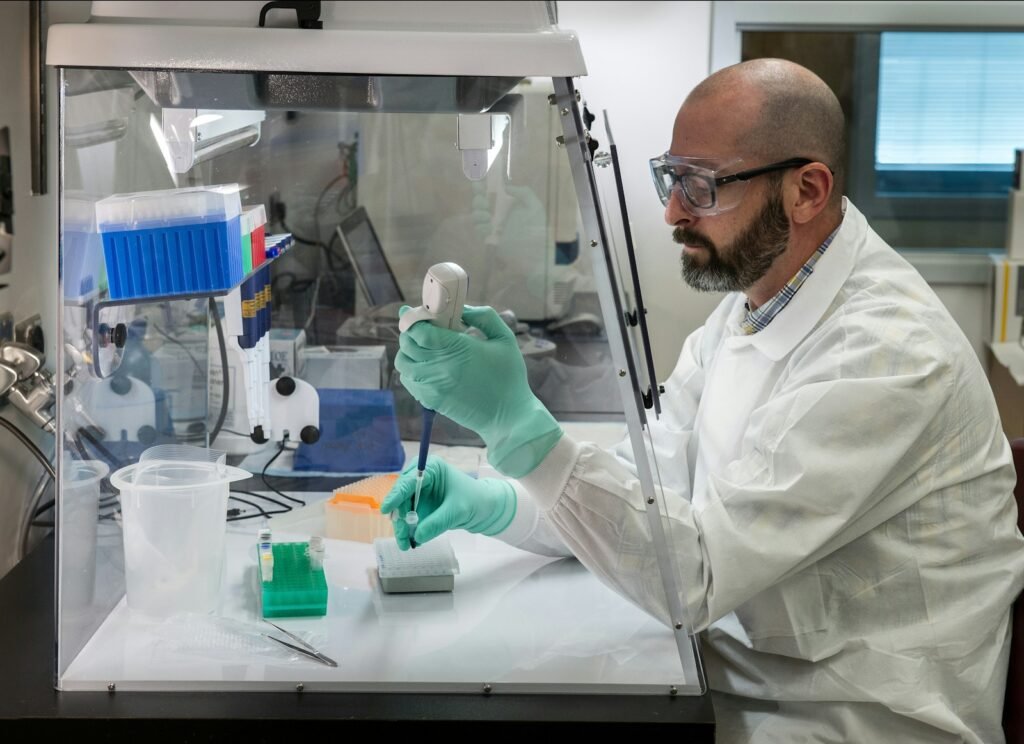It’s a question that echoes in hospital corridors and whispers through late-night conversations: What if we already had the cure for cancer, only to see it slip through our fingers? Imagine a world where the endless fear tied to a cancer diagnosis vanished overnight—where families could finally breathe easy and futures wouldn’t be cut tragically short. This idea isn’t just the stuff of science fiction or conspiracy theories. For decades, stories have surfaced about miracle cures lost to time, forgotten in dusty archives, or buried by bureaucracy and greed. The thought is as haunting as it is hopeful. Could the answer to humanity’s most stubborn scourge have been within reach all along, only to be lost, ignored, or dismissed? Let’s dig into this mystery, peeling back layers of history, science, and human nature to find out if we’ve already stumbled upon—and lost—the key to curing cancer.
The Elusive Nature of Cancer

Cancer isn’t just one disease; it’s a whole universe of disorders that behave in wild, unpredictable ways. It starts when cells go rogue, growing uncontrollably and refusing to die like they should. Some cancers strike like lightning, spreading fast, while others creep along so slowly they’re barely noticed at first. This diversity is exactly what makes cancer so hard to pin down. Scientists have to contend with hundreds of different types, each with its own quirks and secrets. Think of cancer as an army with a thousand disguises—a shape-shifter that always seems one step ahead. That’s why the notion of a single, universal cure is so enticing yet slippery. Is it even possible to find a magic bullet that works on all cancers, or are we chasing a phantom?
Miraculous Cures in Ancient History
Long before modern medicine, healers in ancient Egypt, Greece, and China documented strange cases where tumors shrank or vanished. Some of these stories sound almost magical—herbal concoctions, mysterious poultices, and rituals that reportedly cured people who seemed hopeless. While most of these tales are shrouded in myth and speculation, they hint at the possibility that natural compounds or forgotten remedies once showed genuine promise. Modern researchers sometimes look to ancient texts, wondering if a lost recipe or misunderstood treatment could hold clues for today’s scientists. It’s a bit like searching for buried treasure in the sands of time—hoping a forgotten cure might resurface with the right translation or experiment.
The Forgotten Experiments of the Early 20th Century
The 1900s were a wild time for cancer research. Visionaries like Dr. William Coley experimented with live bacteria to trigger the immune system and attack tumors. His “Coley’s toxins” sometimes led to miraculous recoveries, earning him the nickname “Father of Immunotherapy.” Yet as medical science embraced new technologies like radiation and chemotherapy, Coley’s work fell out of favor. Papers and samples were shelved, and for decades, his approach was largely ignored. Only recently has the medical community begun to recognize his pioneering ideas as the forerunners of today’s immune-based cancer treatments. It’s a sobering reminder of how easily promising breakthroughs can be lost when trends and interests shift.
Natural Compounds: Overlooked or Underestimated?
Nature is a vast pharmacy, offering compounds with surprising cancer-fighting power. Take the Madagascar periwinkle, whose toxic sap led to the development of life-saving chemotherapy drugs. Or consider the Pacific yew tree, once dismissed as a nuisance, now the source of the potent drug paclitaxel. It makes you wonder: How many other plants, fungi, or microbes have been passed over, their secrets undiscovered? In some cases, indigenous healers have long claimed to cure tumors with plants unknown to Western medicine. The challenge lies in separating folklore from fact and making sure that valuable leads aren’t lost before they can be properly studied.
The Role of Viruses: Accidental Discoveries
In the mid-20th century, doctors noticed something astonishing—patients with certain viral infections sometimes saw their tumors shrink or disappear. This led to the idea of using viruses to attack cancer, a concept known as oncolytic virotherapy. Early experiments produced dramatic, if unpredictable, results. However, concerns about safety and the rise of other treatments meant many of these studies were abandoned. In recent years, scientists have revived interest in cancer-killing viruses, developing new therapies that are now saving lives. It’s a striking example of how a once-abandoned idea can return with a vengeance, challenging us to rethink what we’ve dismissed as impossible.
Conspiracy Theories: Fact or Fiction?
Whispers of “lost cures” often turn into full-blown conspiracy theories. Some believe that powerful interests—pharmaceutical companies, governments, or secret societies—have hidden cancer cures to protect profits. While these claims are usually unsupported by solid evidence, they reflect a real frustration with the slow pace of progress and high cost of treatment. It’s easy to see why hope and suspicion mix when people are desperate for answers. The truth is often less dramatic but no less heartbreaking: promising discoveries can be shelved for lack of funding, bureaucratic red tape, or simple human error. Sometimes, the cure isn’t lost to malice, but to neglect or misunderstanding.
Scientific Setbacks and Missteps
Science moves forward, but not in a straight line. History is filled with promising leads that turned out to be dead ends or, worse, were abandoned too soon. Sometimes clinical trials fail because of minor errors, poor design, or bad luck. Other times, breakthroughs are dismissed due to skepticism or lack of resources. The story of cancer research is one of persistence and heartbreak—of brilliant ideas slipping through the cracks. For every treatment that makes headlines, dozens more languish in obscurity, never getting the chance to prove their worth. It’s a humbling reminder of how fragile progress can be.
The Power—and Peril—of Anecdotal Evidence
Stories of miraculous recoveries are both inspiring and frustrating. We hear about people who beat the odds, tried unconventional treatments, or credit their survival to mysterious remedies. While these anecdotes can spark hope, they rarely stand up to scientific scrutiny. Doctors need hard data, not just good stories, to develop safe and effective cures. Yet, every now and then, an anecdote leads to a breakthrough—like when a chance observation about mold-killing bacteria led to the discovery of penicillin. It’s a delicate dance between skepticism and curiosity, with lives hanging in the balance.
Bureaucratic Hurdles and Lost Opportunities
Red tape can strangle even the most promising discoveries. New drugs and treatments must pass through a labyrinth of approvals, safety checks, and clinical trials before reaching patients. While these safeguards protect us from harm, they can also delay or derail breakthroughs. Sometimes, a lack of funding or support means research is abandoned before it ever truly begins. Other times, promising results are buried in paperwork, forgotten as researchers move on to more fashionable topics. The cost of these lost opportunities is measured not just in money, but in human lives and hope.
Economic Pressures and the Price of Progress
Money makes the world go round—and nowhere is this more obvious than in cancer research. Developing new treatments costs billions, and investors want a return on their investment. Drugs that are cheap, unpatentable, or hard to monetize often get left behind, even if they show promise. Sometimes, treatments discovered by accident or in the public domain are ignored because they don’t fit the profit model. This harsh economic reality raises difficult questions: Are we missing out on cures because they’re not profitable? Is the system set up to reward innovation—or to stifle it?
Rediscovering Forgotten Science

Every now and then, a lost idea gets a second chance. Researchers digging through old journals or boxes of samples stumble upon treatments that were ahead of their time. Modern technology allows us to revisit and test these forgotten discoveries with fresh eyes. Sometimes, what didn’t work decades ago turns out to be effective with a new delivery method, better understanding, or in combination with other treatments. Rediscovering lost science feels like finding a hidden door in a familiar room—a reminder that the past still has secrets to share.
The Role of Patient Advocacy and Grassroots Movements
Patients and their families have always been at the forefront of the fight against cancer. When traditional medicine falls short, they turn to alternative therapies, experimental drugs, or push for access to unapproved treatments. Patient advocacy groups have sparked revolutions in research, raising funds, demanding faster approvals, and even influencing government policy. Their stories, courage, and activism keep the search for cures alive, ensuring that promising leads aren’t lost to inertia. Sometimes, it’s the determination of ordinary people—not scientists or doctors—that brings a forgotten treatment back into the spotlight.
Modern Technology: Uncovering Old Mysteries
Today’s scientists have tools that their predecessors could only dream of: gene sequencing, artificial intelligence, and advanced imaging that can peer into the heart of a single cell. These technologies allow researchers to revisit old samples, decode genetic secrets, and test forgotten treatments with unprecedented precision. Sometimes, a therapy dismissed in the past gets a new lease on life thanks to modern insights. Technology doesn’t just help us find new cures—it helps us reclaim those we may have overlooked or lost.
Serendipity: Accidental Discoveries That Changed Everything

Some of the biggest breakthroughs in medicine have come by accident. The discovery of penicillin, the first antibiotic, happened when Alexander Fleming noticed mold killing bacteria in a petri dish. In cancer research, accidental findings—like the cancer-fighting properties of certain viruses, plants, or chemicals—have opened doors no one expected. These moments of serendipity remind us that discovery is as much about luck and curiosity as it is about careful planning. Sometimes, cures are hiding in plain sight, waiting for someone to notice.
The Challenge of Proving a Cure
Even if a treatment shows promise, proving it actually cures cancer is a monumental task. Cancer can return years after a patient is declared “cured,” making long-term studies essential. Researchers need to show not just that a therapy kills cancer cells, but that it does so safely and reliably in large groups of people. These hurdles mean that even the most miraculous-sounding cures face a tough road to acceptance. It’s a process that demands patience, rigor, and sometimes, a leap of faith.
Stories of Lost Hope and Second Chances
Behind every scientific paper are real people—patients who tried experimental treatments, faced impossible odds, and sometimes saw their hopes dashed. Yet, there are also stories of redemption, where a forgotten drug or therapy gives someone a second chance at life. These personal journeys add a human face to the search for a cure, reminding us what’s at stake. They also highlight the need to keep searching, to never give up on a promising lead, no matter how improbable it seems.
The Global Search: Different Cultures, Different Cures
Cancer is a global problem, and so is the search for a cure. In some countries, traditional medicine and herbal remedies play a huge role in treatment. What’s dismissed as quackery in one part of the world may be standard practice elsewhere. Scientists are increasingly looking beyond their borders, collaborating across cultures and disciplines to find new answers. This global approach increases the odds that a lost or overlooked cure might one day resurface, hidden in an unexpected place.
The Influence of Public Perception and Media
How we talk about cancer and its cures shapes what gets attention and funding. Sensational headlines about miracle cures can spark hope and controversy, sometimes overshadowing solid, steady progress. At the same time, media coverage can bring neglected treatments into the spotlight, attracting new research and investment. Public perception isn’t always in sync with scientific reality, but it plays a powerful role in what gets remembered and what gets forgotten.
The Relentless March of Science
Science never truly stops—it builds, stumbles, and rebuilds, always reaching for answers just out of reach. For every lost lead, there’s a new discovery waiting to be made. The story of cancer research is a testament to human persistence, creativity, and hope. We may never know if we’ve already found—and lost—the cure to cancer. But as long as people keep searching, questioning, and dreaming, the possibility remains alive.
The idea that we may have already discovered and lost the cure to cancer is both haunting and inspiring. It pushes us to look harder, dig deeper, and question everything we think we know. Science is a journey filled with twists, false starts, and unexpected turns. The next breakthrough could be hidden in the past, waiting for someone to find it again. What secrets might still be out there, just beyond our reach?




